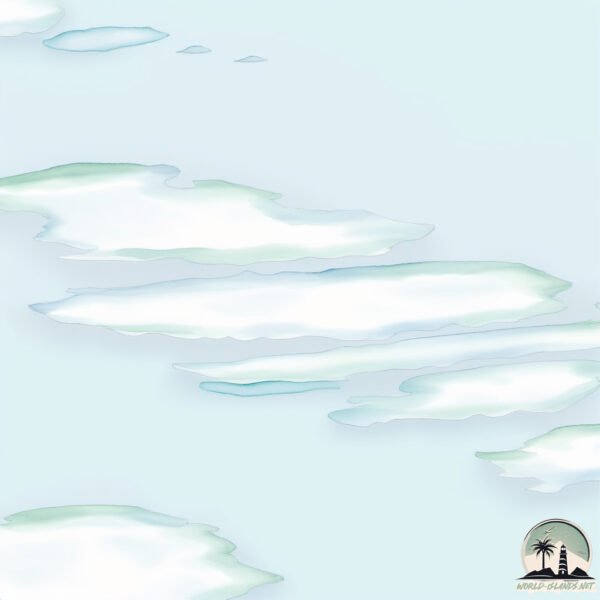Vanier

Welcome to Vanier, a Polar island in the The Northwestern Passages, part of the majestic Arctic Ocean. This guide offers a comprehensive overview of what makes Vanier unique – from its geography and climate to its population, infrastructure, and beyond. Dive into the details:
- Geography and Size: Explore the island’s size and location.
- Climate and Weather: Weather patterns and temperature.
- Topography and Nature: Uncover the natural wonders of the island.
- Infrastructure and Travelling: Insights on reaching, staying, and making the most of your visit.
- News and Headlines: Latest News.
Geography and size of Vanier
Size: 1123 km²
Coastline: 338 km
Ocean: Arctic Ocean
Sea: The Northwestern Passages
Continent: North America
Vanier is a Very Large Island spanning 1123 km² with a coastline of 338 km.
Archipel: Queen Elizabeth Islands – The northernmost part of the Canadian Arctic Archipelago, the Queen Elizabeth Islands are a collection of about 35 major islands. This remote and sparsely populated region is characterized by its polar climate, ice caps, and glaciers. The islands are named in honor of Queen Elizabeth II and are home to diverse Arctic wildlife, including polar bears and seals, and are important for climate research.
Tectonic Plate: North America – Covers North America and parts of the Atlantic and Arctic Oceans, characterized by diverse geological features and varying levels of seismic activity.
The geographic heart of the island is pinpointed at these coordinates:
Latitude: 76.17490685 / Longitude: -103.43154752
Climate and weather of Vanier
Climate Zone: Polar
Climate Details: Tundra
Temperature: Cold
Climate Characteristics: The tundra climate features long, extremely cold winters and short, cool summers. Vegetation is limited to mosses, lichens, and small shrubs due to the low temperatures and short growing seasons. Biodiversity is low, but some specialized species thrive.
Topography and nature of Vanier
Timezone: UTC-07:00
Timezone places: America/Denver
Max. Elevation: 233 m
Mean Elevation: 106 m
Vegetation: Snow and Ice Covered
Tree Coverage: 17%
The mean elevation is 106 m. The highest elevation on the island reaches approximately 233 meters above sea level. The island is characterized by Hills: Gently sloping landforms with rounded tops, having a maximum elevation between 200 and 500 meters. Hills contribute to a varied landscape on islands.
Dominating Vegetation: Snow and Ice Covered
These areas are permanently or seasonally covered in snow and ice, with little to no vegetation, such as polar regions and high mountains. Vanier has a tree cover of 17 %.
Vegetation: 6 vegetation zones – Very Highly Diverse Island
Islands in this range are ecological powerhouses, showcasing a wide array of vegetation zones. Each zone, from lush rainforests to arid scrublands, coastal mangroves to mountainous regions, contributes to a complex and interdependent ecosystem. These islands are often hotspots of biodiversity, supporting numerous species and intricate ecological processes.
Infrastructure and Travelling to Vanier
Does the island have a public airport? no.
There is no public and scheduled airport on Vanier. The nearest airport is Cambridge Bay Airport, located 781 km away.
Does the island have a major port? no.
There are no major ports on Vanier. The closest major port is RESOLUTE BAY, approximately 753 km away.
The mean population of Vanier is 0 per km². Vanier is Uninhabited. The island belongs to Canada.
Continuing your journey, Massey is the next notable island, situated merely km away.
Cow High Vs Vanier Island High school Rugby



Canada is classified as Developed region: G7: Group of Seven – Major advanced economies, including Canada, France, Germany, Italy, Japan, the United Kingdom, and the United States. The level of income is High income: OECD.
News – Latest Updates and Headlines from Vanier
Stay informed with the most recent news and important headlines from Vanier. Here’s a roundup of the latest developments.
Social Media Posts about Vanier
Please note: The data used here has been primarily extracted from satellite readings. Deviations from exact values may occur, particularly regarding the height of elevations and population density. Land area and coastline measurements refer to average values at mean high tide.
